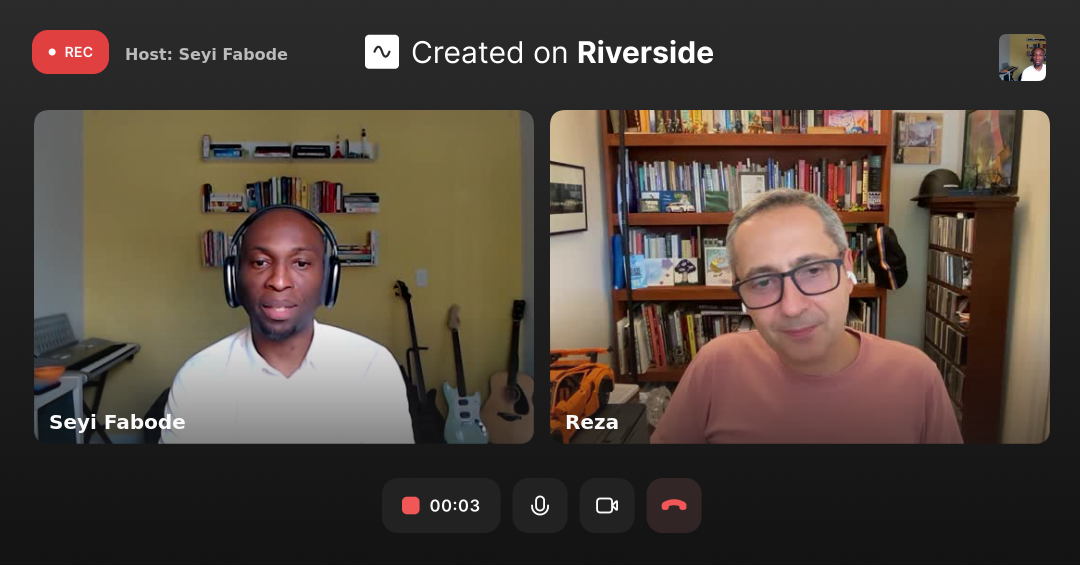Issue 53: Future of Infrastructure
Hope you’re getting a break on this Memorial Day.
Reza and I released another episode of Future Forward, our podcast about the future of cities, and this time we covered the Future of Infrastructure. Did you know we’ve poured more concrete (mass) than the addition of the mass of all other man-made objects? Find out more about it by listening here on Spotify or Youtube. Do share, like, and subscribe.
It’s a short polymathic this week due to the recency of the last one and the serious length of the book recommendations. This issue is (unsurprisingly) about infrastructure.
———
Ursula K Le. Guin says ‘Technology is the active human interface with the material world’. And infrastructure - those vast networks of systems of energy, water, transportation, and telecommunication - is the clearest representation of this.
When I want to remind myself of the simplicities and complexities of systems I pick up Donella Meadows’ ‘Thinking in Systems’. And when I want to remind myself of the simple foundations and complex network of systems in cities I pick up Kate Ascher’s The Works: Anatomy of a City. Both books cover the foundational knowledge that opens your eyes to all the goings on that keep our lives and cities running. Kate Ascher does a masterful job of laying out the engineering complexities of the infrastructure of cities while telling the story of New York. A story of a city that is more infrastructure dense that most others in the world.
Deb Chachra blends the systems thinking ideas of Meadows and the engineering depth of Ascher in ‘How Infrastructure Works’ to highlight how we got to where we are today. Her work takes a more humanistic stance compared to Vaclav Smil’s ‘How The World Really Works’ but what they both highlight is the complexity of our core systems.
In the US, it would be a shame for us to continue to do the things we’ve done and build the way we’ve built as we spend the $1.2Tn over 5yrs from the Infrastructure Investment and Jobs Act and $740Bn over 10yrs from the Inflation Reduction Act. For example, Lead pipes are not being dug up from the ground in places where the need is most urgent (see the long read on Jackson’s water crisis) to avoid ongoing lead contamination in our pipes, we are just laying new pipes right alongside. We cannot continue to build our infrastructure this way.
Community, equity, sustainability, and access have to be at the forefront of our future infrastructure.
Some, like Chachra, suggest we should tap into renewable distributed energy while Smil believes we cannot move away from fossil fuels. While I disagree with Smil, his work cannot be ignored, I also ponder how we avoid the resource extraction that would result from a distributed infrastructure future like the one Chachra posits. Reza and I touch on this in the podcast (Spotify or on Youtube).
Since we cannot change nature and our environment with our dreams or desires - like George Orr in Ursula K. Le Guin’s science-fiction classic ‘The Lathe of Heaven’ - , the work continues. And we should be informed about our past, study the present, as we build the future infrastructure we want to see.
Till next time.
Seyi
